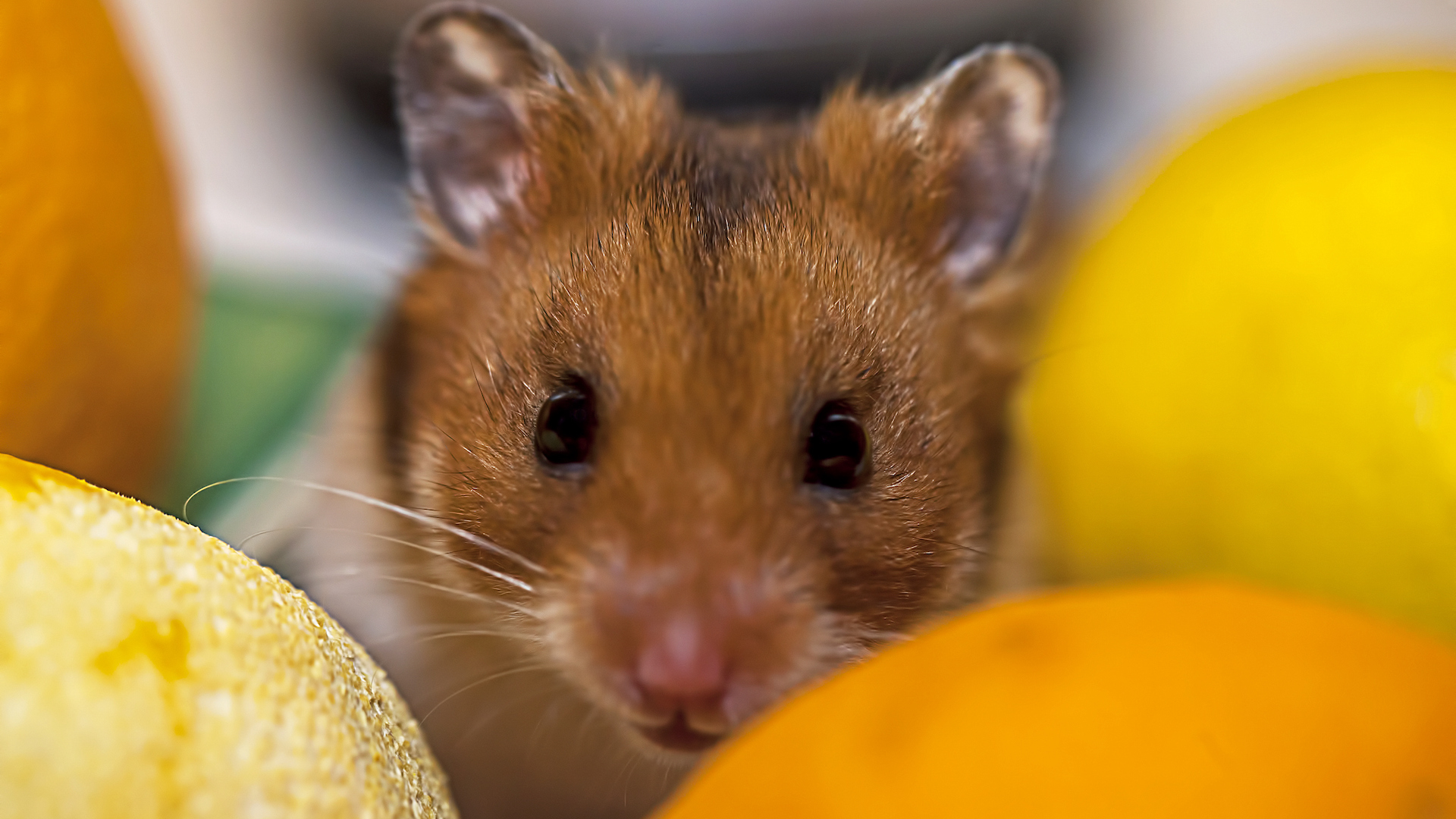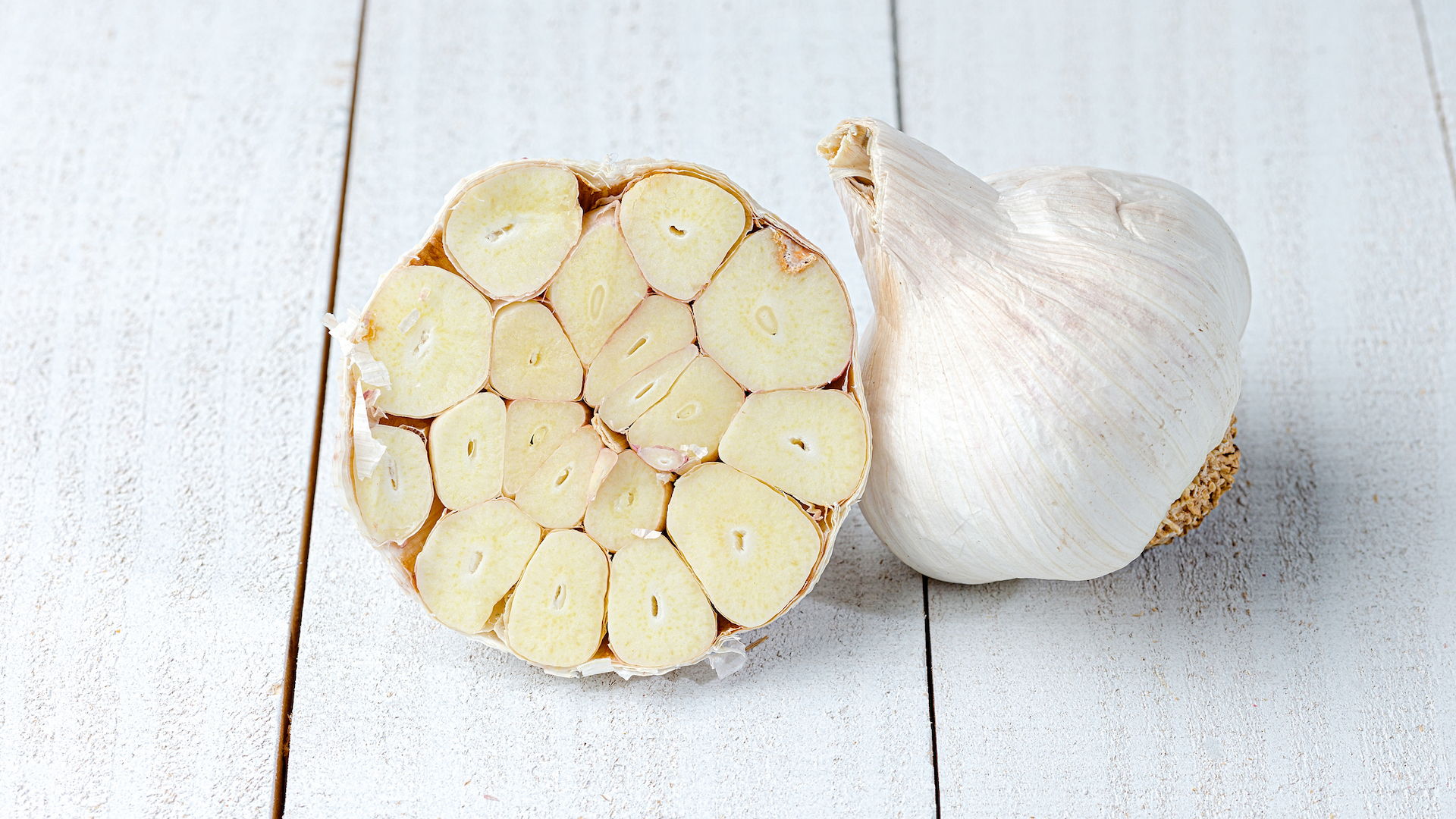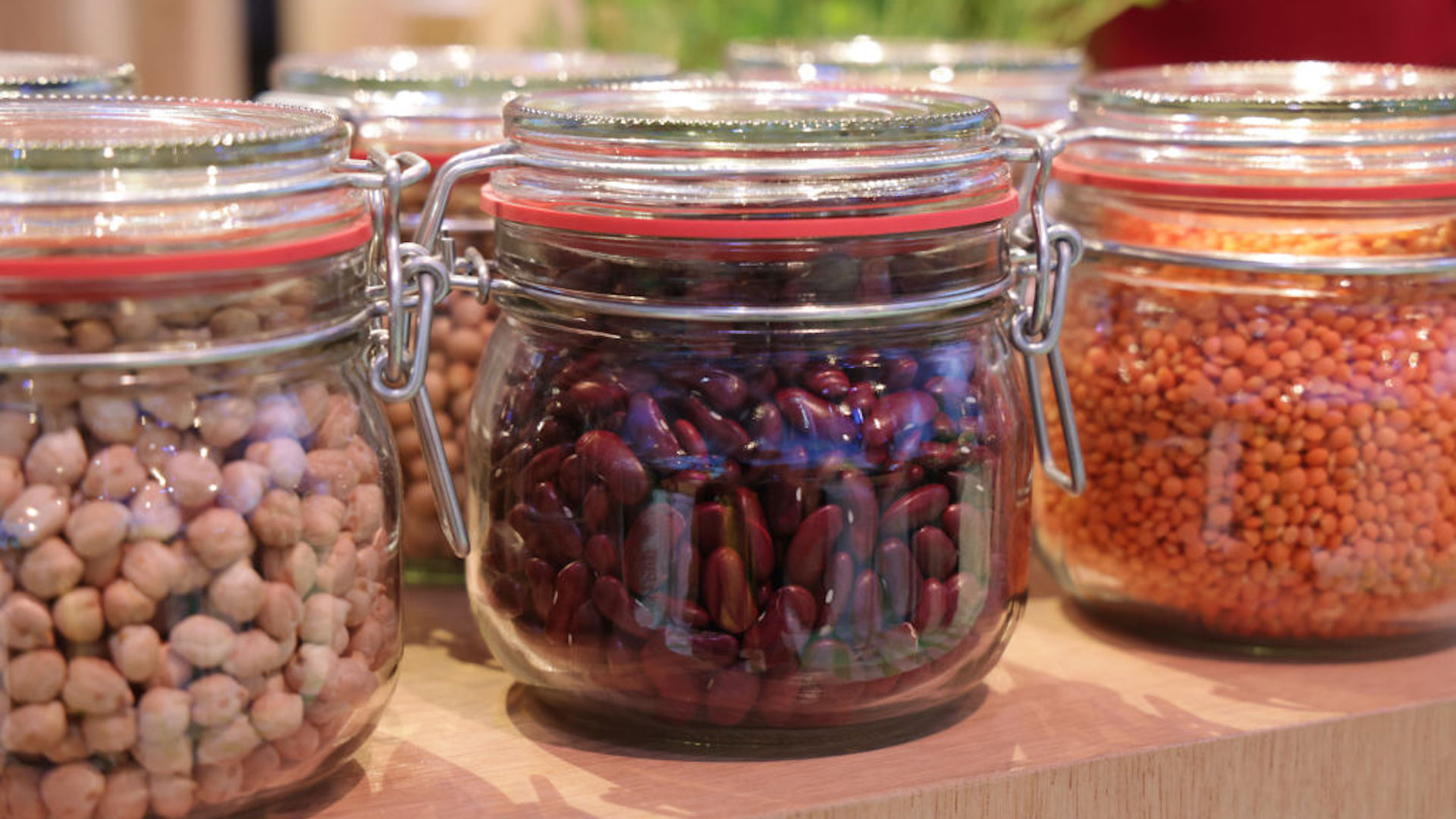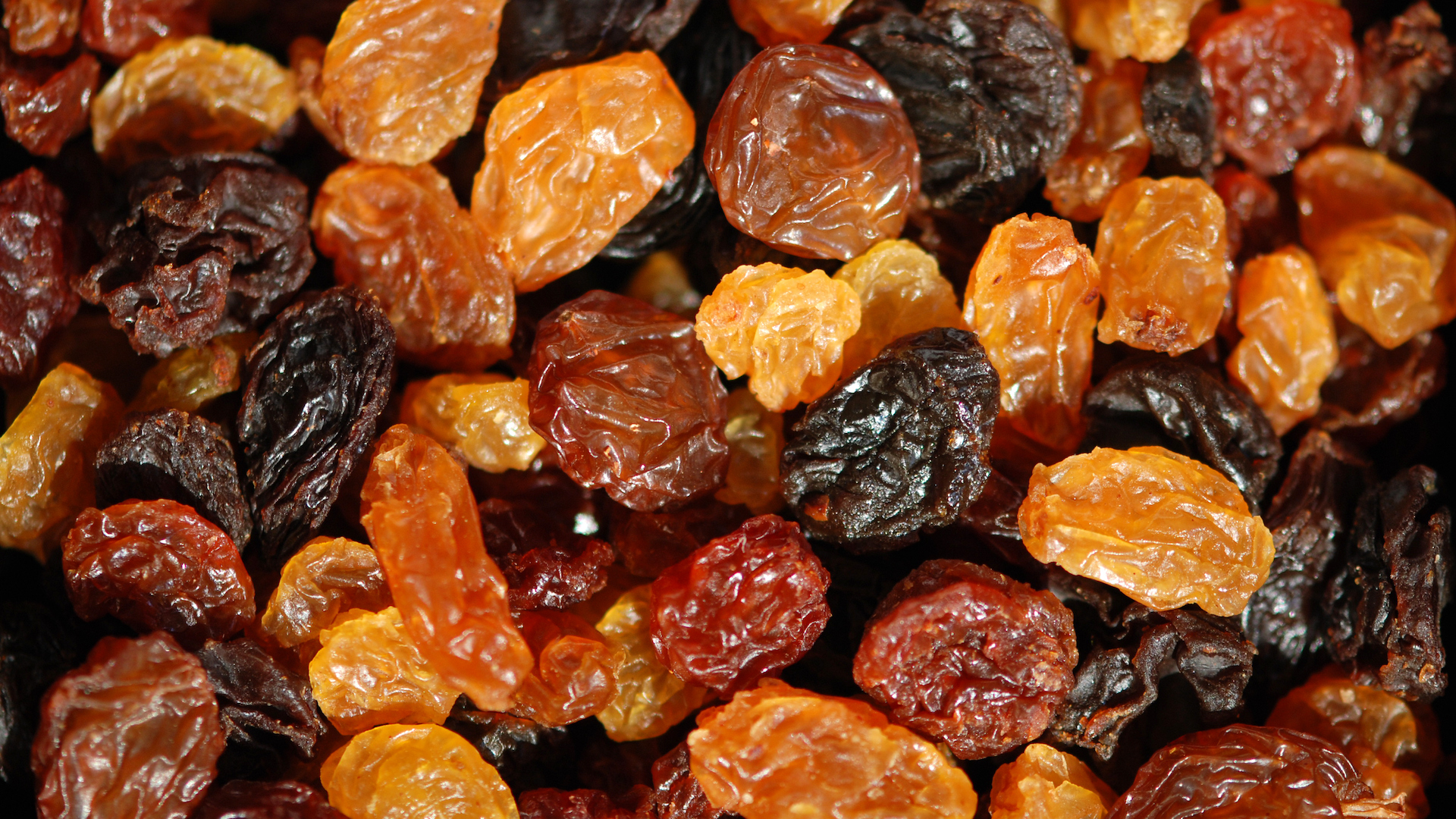
Hamsters are omnivores, which means they can eat quite a range of foods. In the wild, they would eat a mix of plants and insects – and even our cute little domestic versions tend to enjoy a range of flavors and textures.
One thing’s for sure, hamsters love their grub. On account of their diminutive stature, they can’t actually eat very much, but they love to rifle through what you offer them, stuff the good bits into their pouches, and take it back to their burrow or the best hamster cage for a hungry moment later on.
Good brands of commercial pet foods should provide the balance of nutrients a hamster needs, but they can also eat many fruits, nuts, and veggies that humans eat (in tiny quantities). The guide is that their daily treat should be no larger than their little ears! Providing them with fresh, natural food every now and then can be stimulating and enriching – but make sure you are not inadvertently feeding them something inappropriate for hamsters. If you are in any doubt, don’t feed it.
Let’s take a look at some of the foods you should not offer your hamster.
32 things hamsters shouldn’t eat
1. Chocolate

Hamsters should never eat chocolate. Chocolate contains theobromine, which is toxic to many animals. Hamsters are slightly more resistant than some other animals, however they do not metabolize it well due to their tiny bodies. Furthermore, chocolate melts and becomes sticky which is problematic for hamsters’ pouches, and it contains caffeine, another unsuitable substance.
2. Caffeinated products

Caffeine is a stimulant that can affect your hamster’s heart rate and metabolism, and should not be given to hamsters. A hamster’s heart already beats at up to 10 beats per second, and you don’t want it going any faster or it may go into cardiac arrest. Caffeine is found not only in drinks such as tea and coffee but also in chocolate and related products.
3. Peanut butter

While peanuts themselves are OK for hamsters to eat and provide a good source of protein in very small quantities, peanut butter is problematic. Its sticky texture means it can get stuck in their pouches. Commercial peanut butter often contains other ingredients such as salt, sugar, or xylitol, which are bad for hamsters to eat.
4. Citrus fruits

Lemons, limes, oranges, and grapefruits are acidic, which can cause irritation to hamsters’ pouches. And while the high levels of vitamin C found in citrus fruits are usually seen as a dietary boon, too much of this vitamin may actually increase the risk of serious disease in hamsters.
5. Onions

Onions can cause hemolytic anemia (a disease in which red blood cells are destroyed faster than they are made), which can result in respiratory problems and heart failure in hamsters. They should not have raw or cooked onions.
6. Garlic

Raw or cooked garlic, like onions, is toxic to hamsters – and many other animals – due to the chemical thiosulfate, which can cause blood disorders and breathlessness.
7. Avocado

Avocados contain persin, a fungicidal toxin that is poisonous to animals. It is present in both the stones and skin and can leach into the flesh and can cause digestive problems. While eating the flesh itself is unlikely to be fatal for your hamster, why take the risk with this high-fat food?
8. Rhubarb

The leaves of rhubarb are particularly poisonous to hamsters, as they contain very high oxalate levels, which can cause serious kidney problems. The stems are also fairly high in oxalates, so are likely to cause digestive upset.
9. Raw potatoes

Raw or green potatoes contain high levels of solanine, which can make your hamster extremely ill. There are plenty of raw vegetables that are healthy and add a nice crunch to your hamster’s diet but the potato is not one of them. Come to think of it, would you eat a raw potato?
10. Unripe tomatoes, leaves and stems

The leaves and stems of the tomato plant – which belongs to the nightshade family – are particularly high in solanine and tomatine, which is also present in unripened or green tomatoes. However, a nice juicy chunk of ripe tomato is fine for your hamster.
11. Candy

However much you think you are treating your hamster to a tasty bit of candy, sweeties are too high in sugar and therefore bad for their teeth and stomach. Candy is highly processed too, and anything that is designed as a human treat is likely to be unsuitable for a hamster.
12. Chips

You might wonder if chips – or crisps in the UK – would be an appropriate crunchy treat for a hamster, but they are a source of unneeded salt and excess fat and should be avoided.
13. Processed meat

Hamsters are omnivores and therefore they can eat meat in small quantities (everything is in minuscule rations with these tiny creatures!). However, processed meat is unhealthy and can lead to obesity – just as it can for humans – and may also contain excessive salt, spices, or chemicals.
14. Dairy products

Although hamsters are able to digest the lactose found in dairy products in their pregastric pouch, these are not something that they would naturally eat out in the wild. While a little chunk of a mild hard cheese may be tolerated, definitely avoid strong or blue cheeses, as well as sticky ones that may cause problems in the pouches.
15. Salted nuts

There are many nuts that are suitable for hamsters to gnaw on in small quantities, including pecans, pistachios, pine nuts, brazil nuts and peanuts. However, they must always be unsalted, so as not to cause harm to their kidneys.
16. Raw beans

While green beans such as runner and string beans are fine for hamsters to eat, uncooked pulses such as kidney beans are not suitable, causing gas and bloating. Even when cooked kidney beans can cause problems (and they’re mushy so sticky in the pouches).
17. Mushrooms

There is not enough evidence on the suitability of mushrooms in a hamster’s diet and therefore they should be avoided. A hamster has a delicate digestive system, and given that the nutritional components of different mushrooms vary widely, it’s best simply to omit them from the diet.
18. Almonds

While many nuts can be nutritionally beneficial for your hamster, the almond throws up a few concerns. Of the two types of almond – bitter and sweet – sweet is considered safe, while bitter is not. You’re unlikely to come across the bitter variety in the shops, given it’s not great for human consumption either. However, as there is some concern that sweet almonds still have trace amounts of the toxic chemical amygdalin, it’s best to stick to giving your hamster the nuts you know won’t cause any harm.
19. Sugary cereals

We know we shouldn’t eat sugary cereal, and nor should our hamsters. The odd flake of a Frostie or Cheerio won’t be harmful, but don’t make it a regular occurrence – hamsters don’t need the sugar rush or the tooth decay.
20. Dried fruit

The scientific jury is out on whether raisins and other vine fruits are actually poisonous to rodents – the RSPCA lists them as unsafe, while some hamster owners report no problems. It is likely that they contain mycotoxins, which can be harmful, and as their long-term effects aren’t known, it’s best to steer clear.
21. Garden flowers

It makes for a pretty Instagram shot, your hamster with a brightly colored flower in its mouth, but are you quite sure you know what your little buddy is eating? While there are many garden flowers, such as cornflowers, roses, and sunflower petals, which are edible for hamsters, there are many which are toxic – for example, tulips.
22. White or processed bread

Most commercial bread is unsuitable for hamsters as it is processed, with added sugar, salt, preservatives, and other unsuitable ingredients. A small amount of homemade, wholegrain bread is a safer option.
23. Pastries

Pastries are highly unsuitable given their high levels of fat, sugar and preservatives, as well as chocolate chips and other potentially toxic ingredients. They’re not great for human waistlines either, but don’t feed the leftovers to the hamster!
24. Spices

Spicy products will upset your hamster’s delicate digestive system, and should be avoided.
25. Artificial sweeteners

Artificial sweetener, such as xylitol, is dangerous for pets, including hamsters. While (we hope) you would be unlikely to add sweetener to your hamster’s food, it is found in many commercial products, such as peanut butter, chips and cereals.
26. Chillies

Like all spicy food, chillies aren’t appropriate hamster fodder, as they can cause gastrointestinal problems, as well as irritate the mouth, throat and pouches.
27. Porridge

Oats are typically fine for hamsters to eat, however, it’s not recommended once you cook it into porridge or oatmeal because wet and sticky food is problematic in the pouches. If you decide you must feed porridge to your hamster, make it loose and watery rather than hard and sticky – and always make it with water, not milk.
28. Sticky food

Any kind of sticky food can cling to the hamster’s pouches and clog them up. This can even lead to infection if something gets stuck.
29. Celery

The problem with celery is the strings that run all the way down the stick and can be a choking hazard. Celery, being mostly water, doesn’t have a high nutritional value, and should only be fed if you remove all the strings. There are other nice crunchy vegetables that are safer, more nutritious, and will take you less time to prepare.
30. Apple seeds

Apples are fine as a treat; their pips are not. The pips contain amygdalin, which converts into the poison cyanide when digested. While we don’t know how many apple pips it would take to cause your hamster problems, it’s worth simply cutting out the core, as you would for yourself.
31. Leeks

As a member of the allium family, leeks are bad for hamsters. They cause disorders of the red blood cells and breathing difficulties. Most pets are affected, including hamsters.
32. Iceberg lettuce

Green, crunchy vegetables are by and large good for your hamster to eat. However, iceberg lettuce is the exception as it is made up mostly of water, with minimal nutritional value, and furthermore can cause diarrhea. Darker greens such as kale and dandelion leaves are a better option.
If you enjoyed this feature why not read up on hamster breeds and the answer to the question How long do hamsters live?







